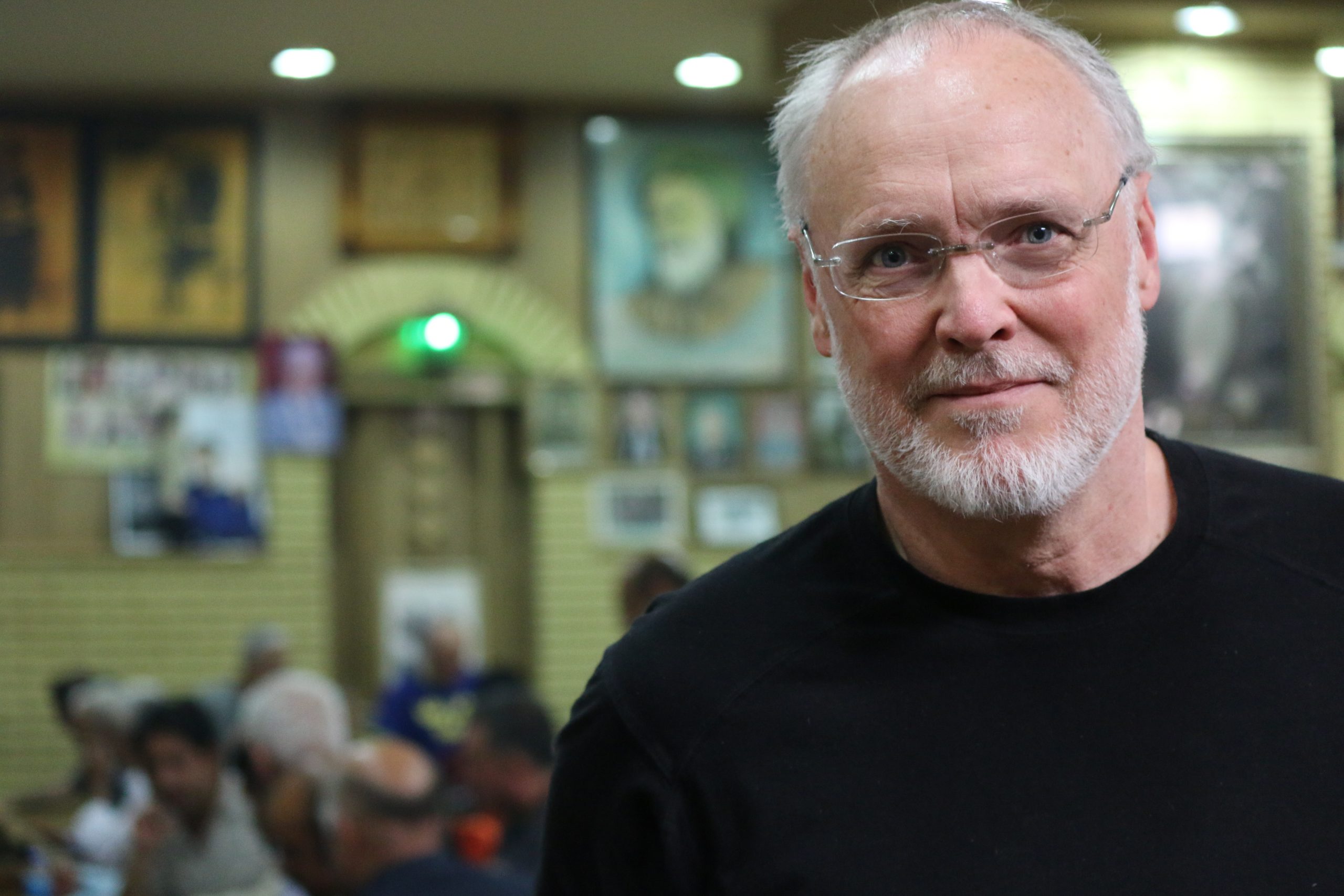ARTIST STATEMENT: Global Warming Art
The point of departure-- the inception of the Global Warming Series was a trip to Mount Baker
in the Snoqualmie National Forest in Washington State, where I hiked up to the basin of the
Coleman-Deming Glacier and gazed upon this dense, turquoise blue glass-like body of ice with
deep crevasses, being slowly deformed under the stress of its weight. In places, waterfalls were
rapidly flowing over the glacier, intensifying its melting process. It was so beautiful it took my
breath away, and yet, I was witnessing the sinister demise of a glacier-- the purest form of
water, the source of all life on Earth.
Human activities are at the root of this phenomenon. Since the industrial revolution, carbon
dioxide and other greenhouse gas emissions have raised temperatures, and as a result, glaciers
are rapidly melting, calving off and crashing into the sea, or retreating on land, forming new
bodies of water.
The Global Warming Series emphasizes scientific accuracy, while also focusing on the
psychological aspects of Global Warming and Climate Change, including human anxiety and fear
over potential catastrophic events, and potential end of life.
This painting series addresses three specific topics of global warming—the causes, the effects
on nature, and the after effects on humans. Each of the eighteen painting subjects in the Global
Warming Series were reviewed, edited and approved by Andrew J. Weaver who was a lead
author in the UN Intergovernmental Panel on Climate Change – the group that, with Al Gore,
won the 2007 Nobel Peace Prize. The paintings are intended to provoke awareness of the
threats of global warming, and aim to inform viewers, and to inspire action.
For each painting in this series, I began by creating a color drawing that served as an
architectural rendering for the painting. My process involves examining each subject, whether it
is the clear cutting of forests or seawater warming, and exploring what I call the complexity of
emotional opposition—how a viewer can simultaneously behold both the beauty of nature and
the devastation that is occurring.
Art has the capacity to change the way we perceive an event or a phenomenon, and, through
shifts in attitudes, perceptions, and behaviors, it can inspire collective, creative actions that
address the perils of the Earth, and seek to heal.

